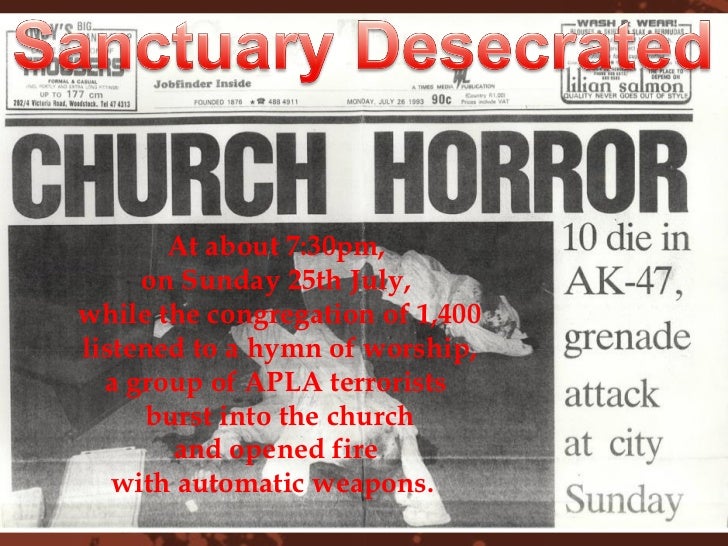
The Saint James Church massacre was a massacre perpetrated on St James Church in Kenilworth, Cape Town on 25 July 1993 by four cadres of the Azanian People's Liberation Army (APLA). 11 members of the congregation were killed and 58 wounded. In 1998 the attackers were granted amnesty for their participation by the Truth and Reconciliation Commission.
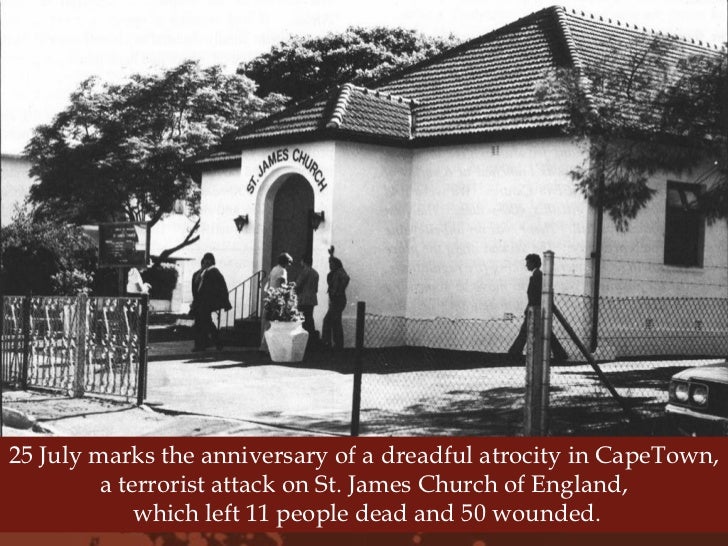
Massacre
The attack occurred during the Sunday evening service. Sichumiso Nonxuba, Bassie Mkhumbuzi, Gcinikhaya Makoma and Tobela Mlambisa approached the church in a vehicle stolen by Mlambisa and Makoma beforehand. Nonxuba, who commanded the unit, and Makoma entered the church armed with M26 hand grenades and R4 assault rifles.[1] They threw the grenades and then opened fire on the congregation, killing 11 and wounding 58.[2]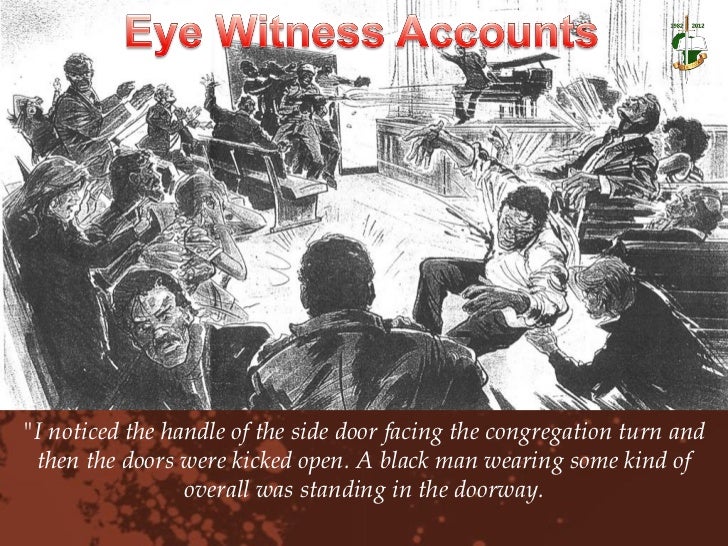

One member of the congregation, Charl van Wyk, who wrote a book about the event (Shooting Back), returned fire with a .38 special revolver, wounding one of the attackers. At this point they fled the church. Mkhumbuzi had been ordered to throw four petrol bombs into the church following the shooting, but abandoned this intention as all four fled in the vehicle.[2]

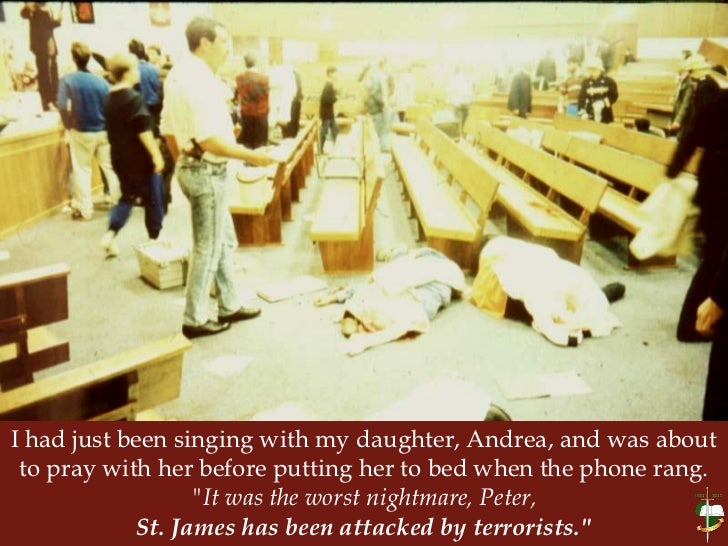
Members of the congregation killed were Guy Cooper Javens, Richard Oliver O'Kill, Gerhard Dennis Harker, Wesley Alfonso Harker, Denise Gordon, Mirtle Joan Smith, Marita Ackermann, Andrey Kayl, Karamjin Oleg, Varaksa Velentin and Pavel Valuet.[2] The last four on this list were Russian seamen attending the service as part of a church outreach programe. Another Russian seaman, Dmitri Makogon, lost both legs and an arm in the attack.
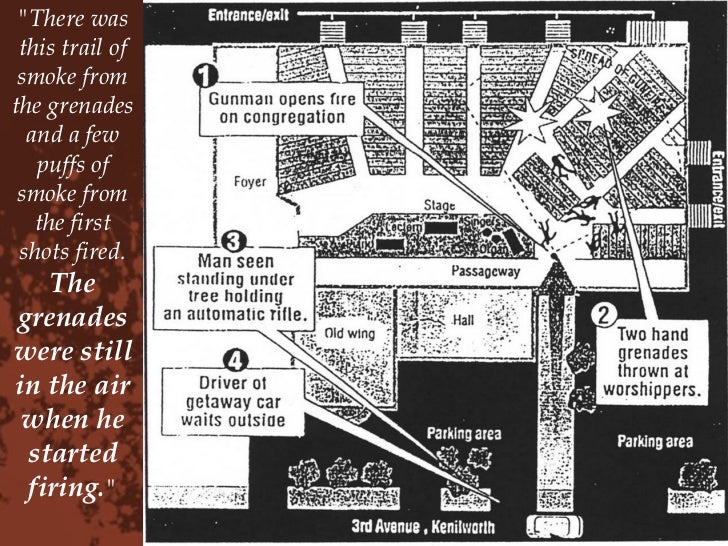
Similar attacks
APLA cadres were held responsible for several similar attacks. Among these were the attack on King William's Town Golf Club on 28 November 1992 in which four people were killed, and the attack on the Heidelberg Tavern in Observatory, Cape Town on 31 December 1993, in which four people were killed. Ballistic tests showed that the same rifles were used in the St James and Heidelberg Tavern attacks.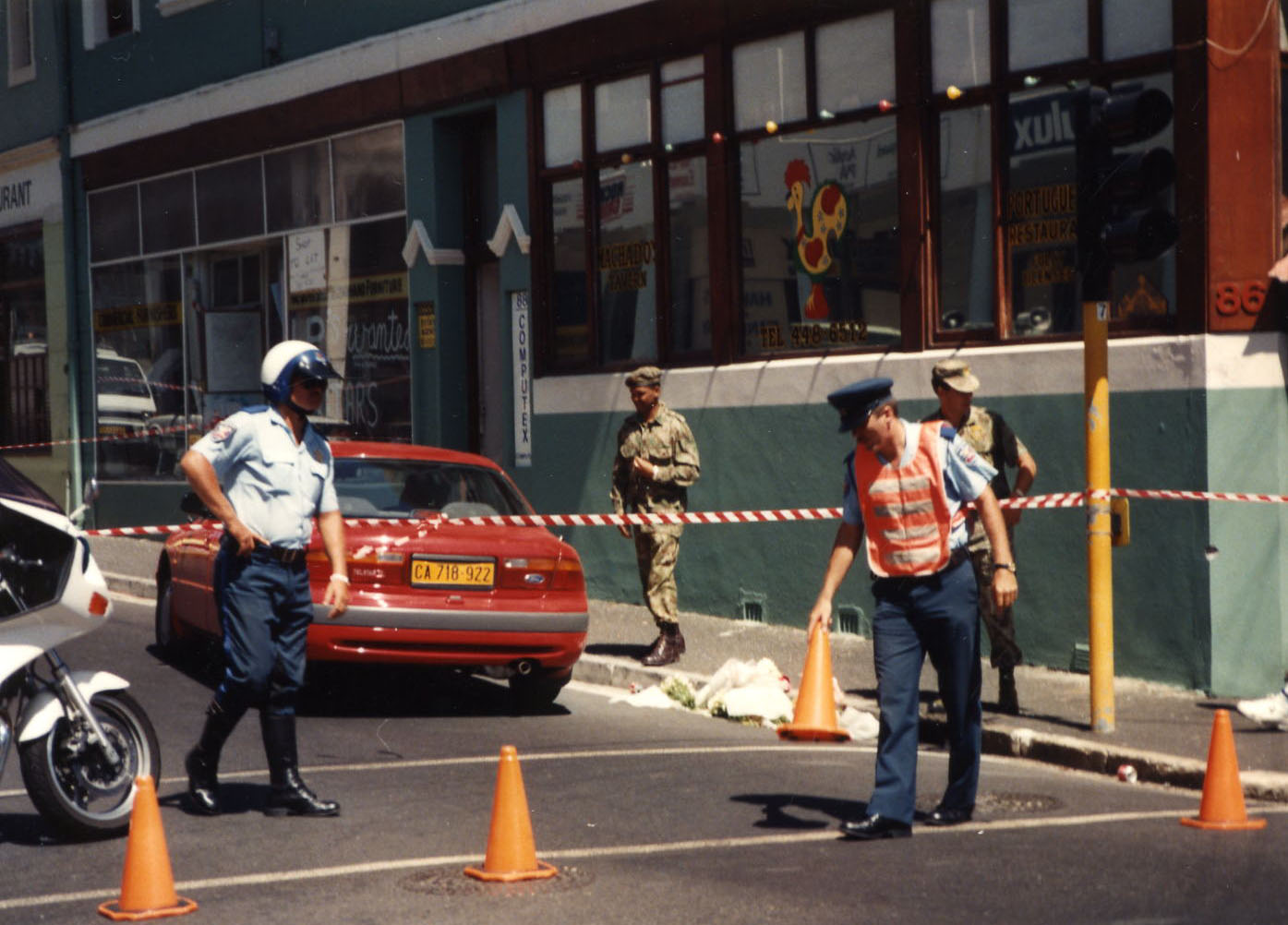
Arrest and trial

Makoma was arrested ten days later and convicted for 11 murders. He was sentenced to 23 years in prison.
Nonxuba, Mlambisa and Mkhumbuzi were subsequently arrested and charged in 1996. They had in the meantime joined the South African National Defence Force as part of the integration of APLA operatives into the new national defence force.[citation needed]
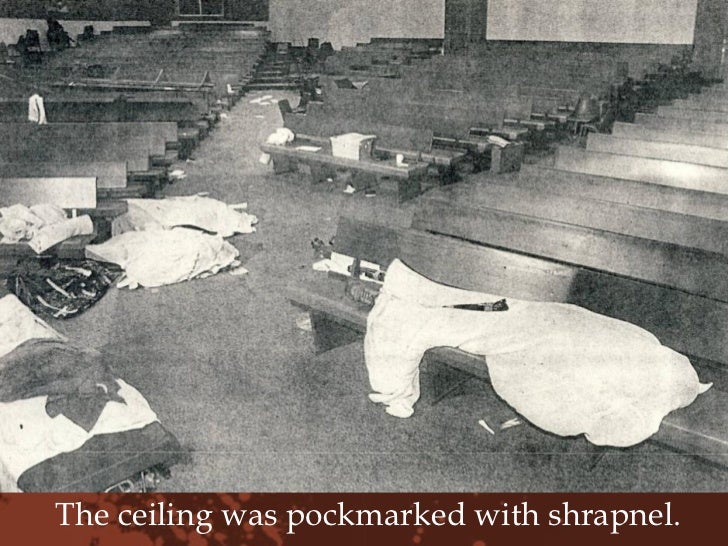
In 1997, while on trial, Nonxuba, Mlambisa and Mkhumbuzi appealed to the Truth and Reconciliation Commission for amnesty, together with Makoma. They were granted bail pending their appearance before the TRC. Nonxuba died in a car accident while on bail.
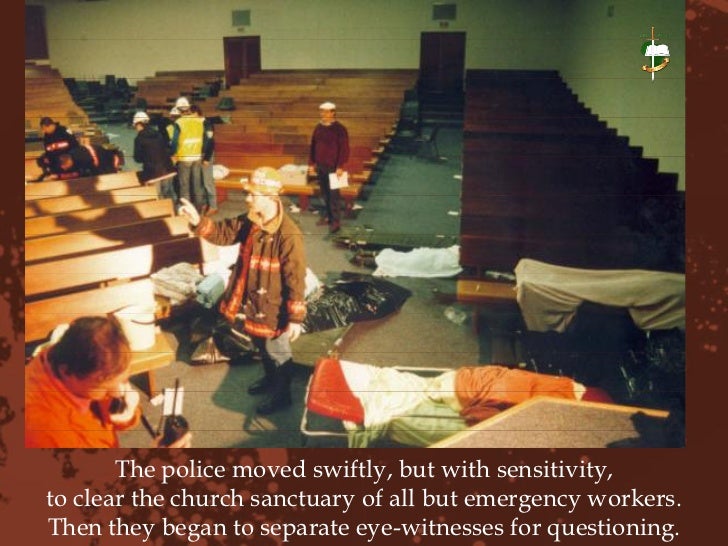
Amnesty
Makoma, Mkhumbuzi and Mlambisa were all granted amnesty for the St James Church attack by the Truth and Reconciliation Commission (TRC).[2] As a result, Makoma was freed after serving only 5½ years of his sentence, and the trial of Mkhumbuzi and Mlambisa was never completed.[citation needed]
In this and other APLA amnesty hearings, APLA operatives claimed that they were following their orders and that they regarded all whites as legitimate targets as they were complicit in the government's policy of apartheid. In statements made to the representatives of St James church they did however say that they were unaware that the selected target was a church until they arrived in Kenilworth. Dawie Ackerman, husband of one of the victims, noted that perhaps 35–40% of the congregation were people of colour, with the counsel for the APLA saying they had assumed all congregants would be white as the church was in a white area.[2]
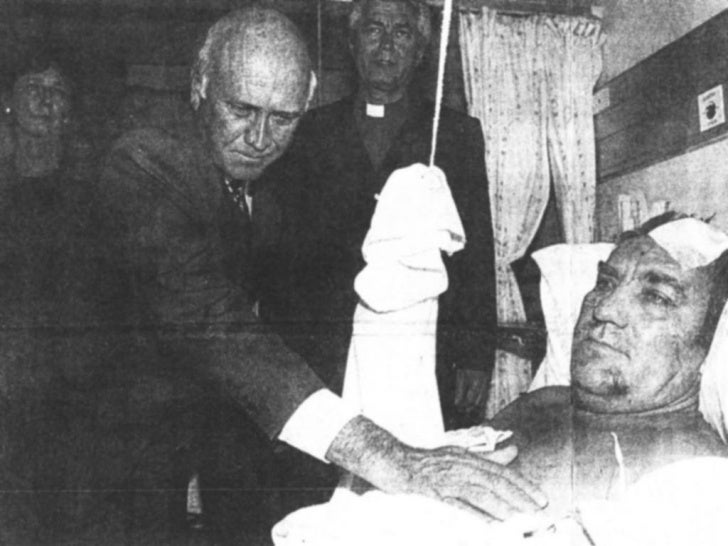

Letlapa Mphahlele, national director of operations for APLA, took responsibility for ordering the attacks as part of his application for amnesty. He claimed that he had authorised attacks on white civilians following the killing of five school children by the Transkei Defence Force in Umtata.[3]

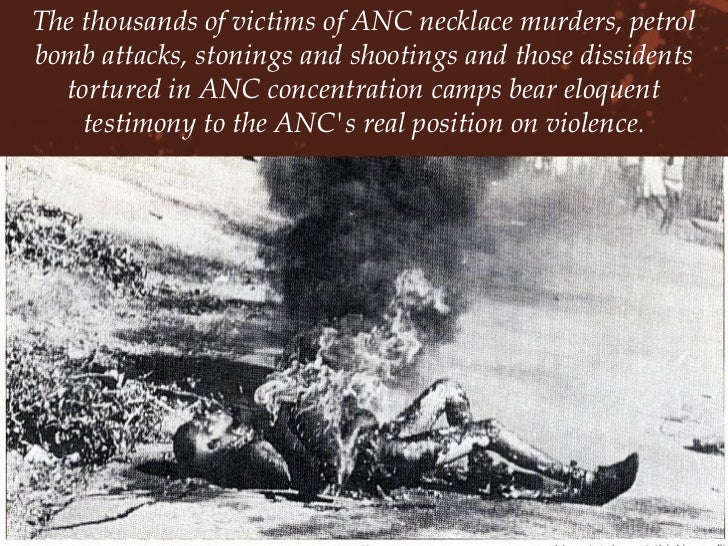
Amnesty in such cases was typically granted in terms of the TRC's mandate because the crimes were politically motivated, with the perpetrators following the orders of the APLA commanders, and full disclosure was made to the TRC.

Although amnesty was granted to the individual perpetrators, the TRC found that the act itself, along with other APLA/PAC attacks specifically targeting civilians, were "a gross violation of human rights" and a "violation of internal [sic] humanitarian law".[4]
Reconciliation
Several of the church members who were injured or who lost family members in the attacks, as well as Charl van Wyk, who had returned fire on the attackers, later met and publicly reconciled with the APLA attackers. [5]Later developments
On 27 August 2002, Gcinikhaya Makoma was arrested along with six others following a cash-in-transit heist of a Standard Bank cash van in Constantia, Cape Town, in which R1.8 million was stolen.[6] He and the others were later acquitted, with the magistrate finding that the prosecution case had been badly put together and that documents had been falsified by an investigating officer.[7] Gcinikhaya Makoma was eventually found guilty on 16 February 2012[8] of murder and robbery and sentenced to life and 46 years in prison for his role in a December 2007 cash van heist in Parow, Cape Town.
In Oct 2004, Charl Van Wyk became one of the founding members of Gun Owners of South Africa, (GOSA), an online Civilian Gun Rights ownership group, which is also involved in public demonstrations against the Firearms Control Act.
References
1.
^ ""Churches were used to oppress blacks, says
amnesty applicant"" (Press release) (in English). South African
Press Association. 9 July 1997. Retrieved 2008-09-01.
2.
^ a b c d e "Decision AC/98/0018". Truth
and Reconciliation Commission of South Africa (Truth and Reconciliation Commission (South Africa)).
11. Department of Justice and Constitutional Development's
Website
4.
^ "The Liberation Movements from 1960 to 1990"
(PDF). Truth and Reconciliation Commission of South Africa Report (Truth and Reconciliation Commission (South Africa))
2: 692. "The commission finds that the targeting of civilians for
killing was not only a gross violation of human rights of those affected but a
violation of internal humanitarian law"
Taken from: http://en.wikipedia.org/wiki/Saint_James_Church_massacre [25.07.2013] & pictures from: http://www.slideshare.net/frontfel/the-st-james-massacre

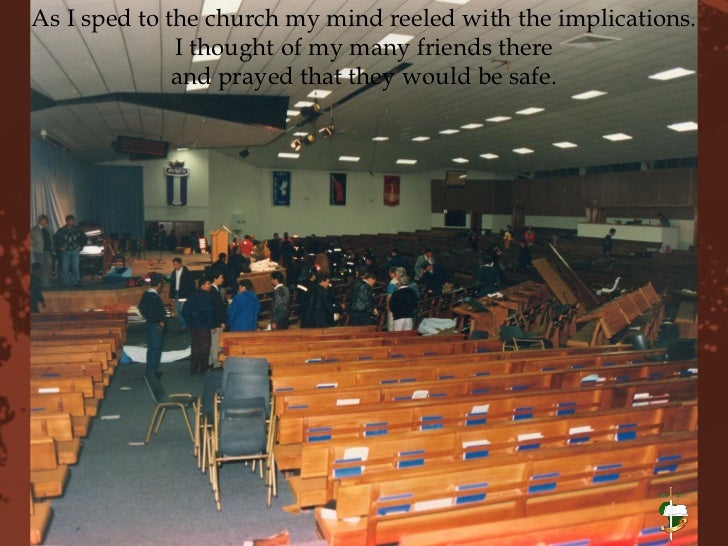
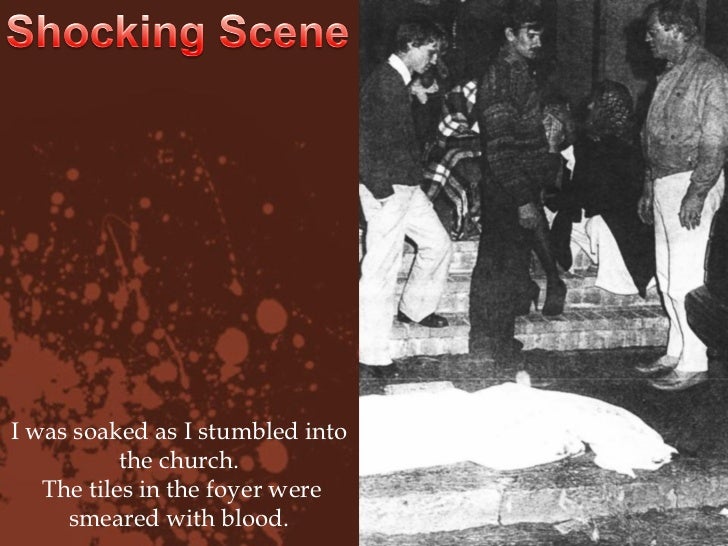
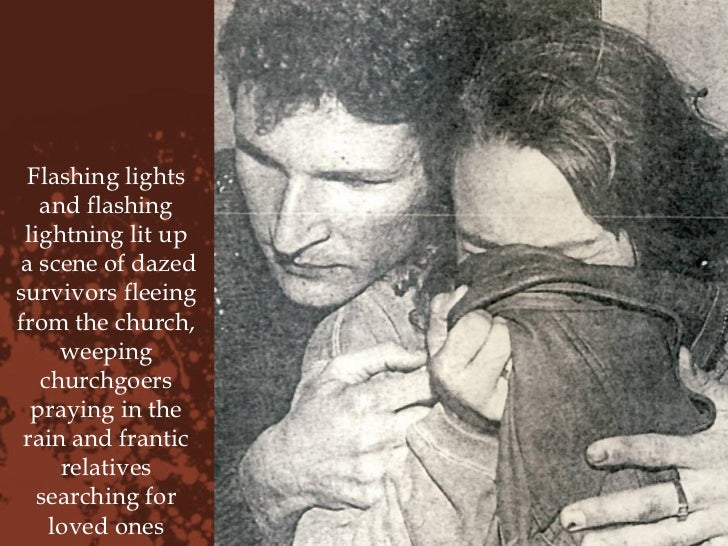
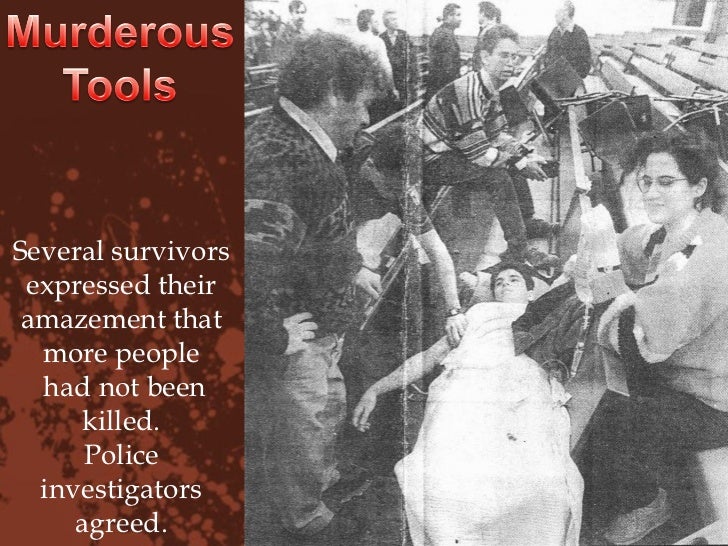
No comments:
Post a Comment